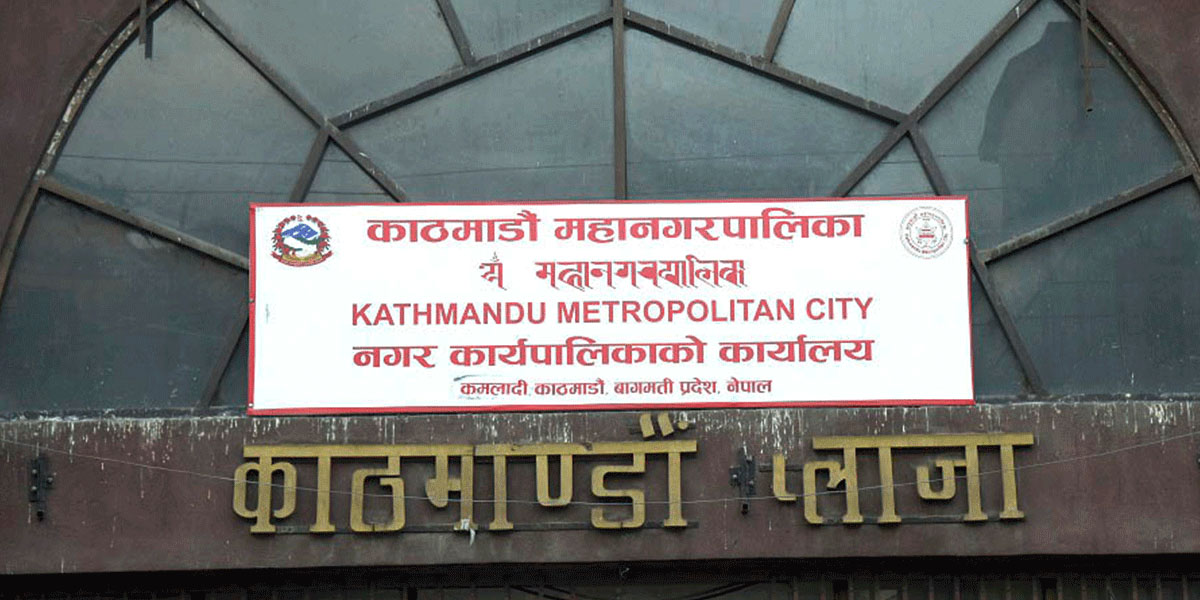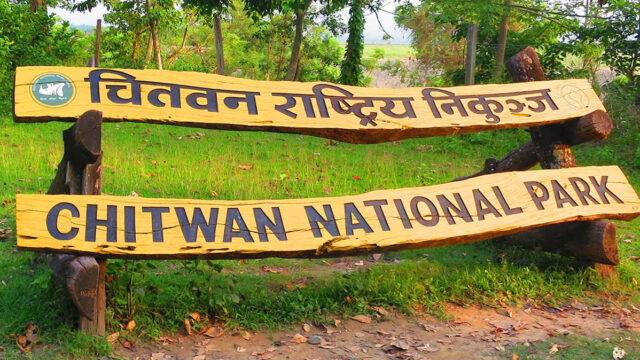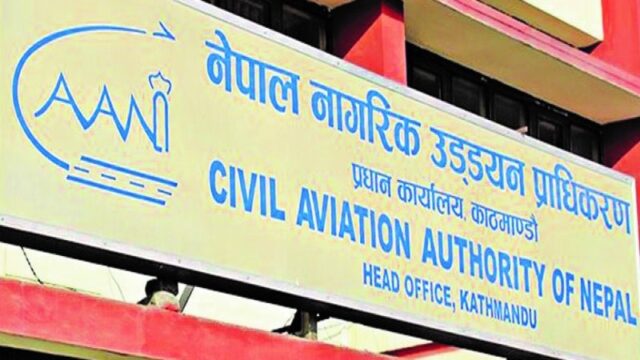To celebrate and preserve its rich cultural legacy, the Kathmandu Metropolitan City (KMC) has inaugurated the ‘Dharmapath Mahotsav’ today. The festival is being held at Dharmapath, located in Ward No. 23 of the capital, with the objective of promoting intangible heritages and revitalizing community participation in traditional practices.
The event is organized by KMC in coordination with local stakeholders and is drawing attention for its blend of cultural pride, social connection, and economic promotion. According to organizers, the festival not only serves as a platform to exhibit various forms of cultural expressions but also encourages the continuity of local traditions that define the city’s historical and spiritual identity.
Preserving Intangible Heritages Through Community Efforts
Ward Chairperson Macharaja Maharjan shared that the central focus of the Dharmapath Mahotsav is to revive and promote the intangible heritages of Kathmandu, which include traditional rites, music, dance, and the age-old Guthi system.
“We have been conducting cultural training programs to ensure these traditions do not disappear with time. Young individuals have been taught to sing, dance, and play traditional instruments. Today, they will showcase their learning through live performances,” Maharjan stated.
The Guthi system, once the bedrock of Kathmandu’s social structure, is also being highlighted in the event. The Mahotsav seeks to rekindle awareness around these indigenous community practices that have historically guided rituals, temple management, and communal cooperation.
Cultural Showcase to Highlight Traditional Skills
A rich cultural program has been planned as a key component of the festival. It will feature traditional dances, live music using age-old instruments, and ritual performances that reflect the spiritual vibrancy of Kathmandu.
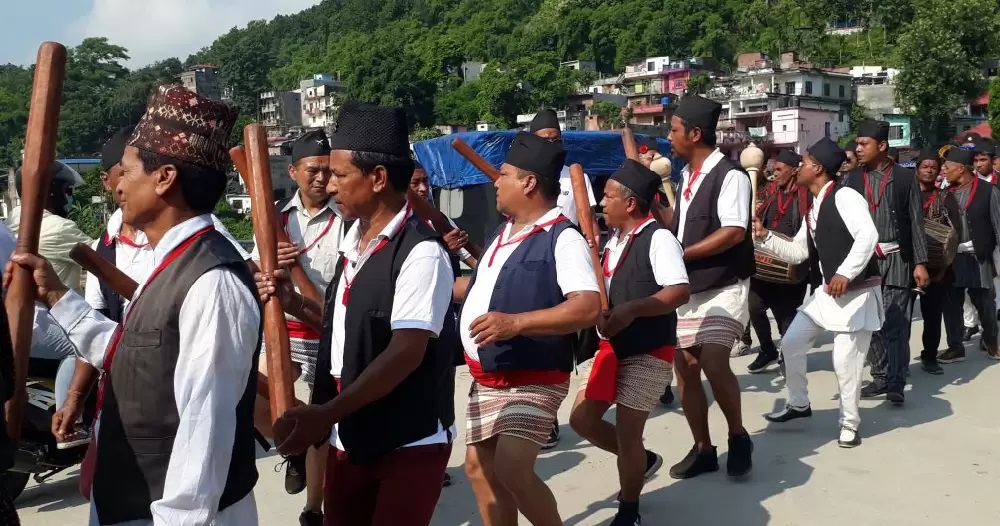
Performers, including both seasoned artists and newly trained youths, will present a diverse range of cultural acts. These include classical dances performed during festivals, traditional drumming, and folk singing, all of which have been passed down through generations.
The inclusion of local artists aims not just to entertain but to empower the community by giving a platform to its bearers of tradition. It also serves as a reminder of the cultural wealth embedded in Kathmandu’s daily life that often goes unnoticed amidst modern urban changes.
Boosting Local Economy Through Handicrafts and Cuisine
Another major highlight of the Dharmapath Mahotsav is its focus on promoting locally-produced goods. The event features a vibrant marketplace where local entrepreneurs and artisans have set up stalls showcasing handmade crafts, ethnic wear, and organic products.
Traditional Nepali cuisine also takes center stage, with several food stalls offering local delicacies made from indigenous ingredients. These include dishes that are typically prepared during cultural festivals and family rituals, helping to reconnect the community with their culinary roots.
“The idea is to support small businesses and traditional artisans by connecting them directly with consumers. It’s about building a bridge between cultural preservation and economic sustainability,” added Chairperson Maharjan.
Free Health Camp and Public Services
In a move to address both cultural and health-related needs of the community, the festival also includes a free health camp. The health camp provides basic medical consultations, blood pressure checks, and general awareness on preventive healthcare.
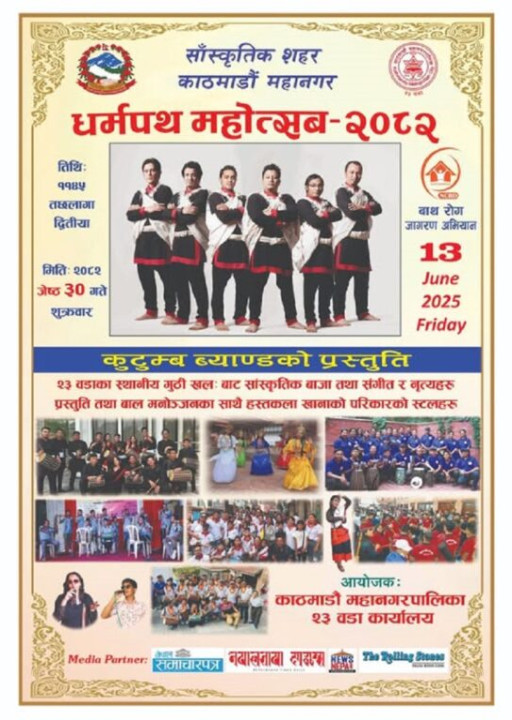
Organizers believe that community festivals should be holistic in their approach, and including health services in such events increases accessibility for those who might not frequently visit hospitals or clinics. The health camp is being operated in collaboration with local hospitals and health workers, who volunteered to make the service accessible during the Mahotsav.
Youth and Volunteer Participation Encouraged
One of the most promising aspects of the Dharmapath Mahotsav is the active participation of local youth. Many young volunteers were seen managing logistics, guiding visitors, and helping in setting up stalls and stage performances.
Their involvement not only builds leadership and organizational skills but also instills a deep respect for their cultural heritage. Organizers noted that this kind of youth engagement is crucial for the continuity of cultural values in rapidly modernizing urban centers like Kathmandu.
A New Chapter in Local Tourism and Heritage Conservation
With a blend of traditional charm and modern presentation, the Dharmapath Mahotsav is poised to be a significant milestone in community-based heritage conservation and promotion. It offers a replicable model for other wards and municipalities in Nepal looking to safeguard their intangible cultural assets.
As Kathmandu continues to evolve as a bustling metropolis, events like the Dharmapath Mahotsav serve as important reminders of the city’s identity rooted in art, culture, and spirituality. By bringing traditions to the streets in an engaging format, the Metropolitan City reinforces its commitment to cultural sustainability and community cohesion.
The Dharmapath Mahotsav is more than just a cultural celebration, it is a declaration of Kathmandu’s intent to preserve its intangible heritage, uplift local economies, and foster social harmony. Through dance, music, food, and community collaboration, the event reflects a unified effort to keep the soul of the city alive in the heart of its people.
